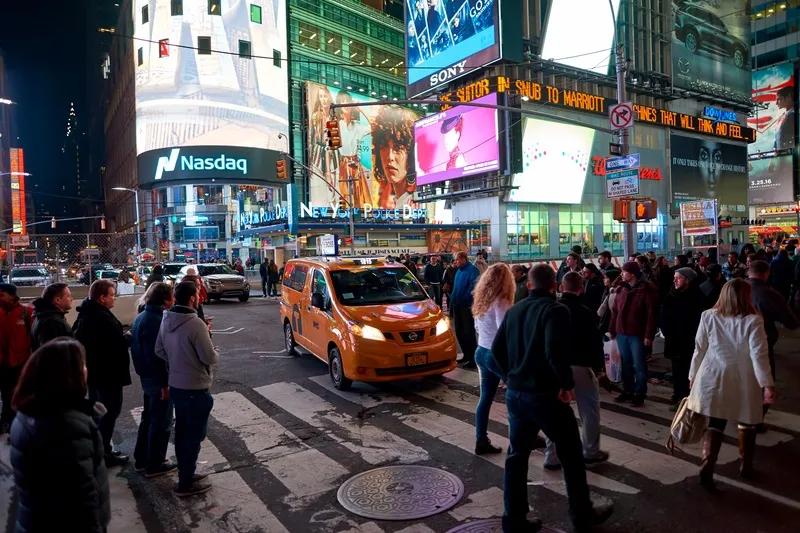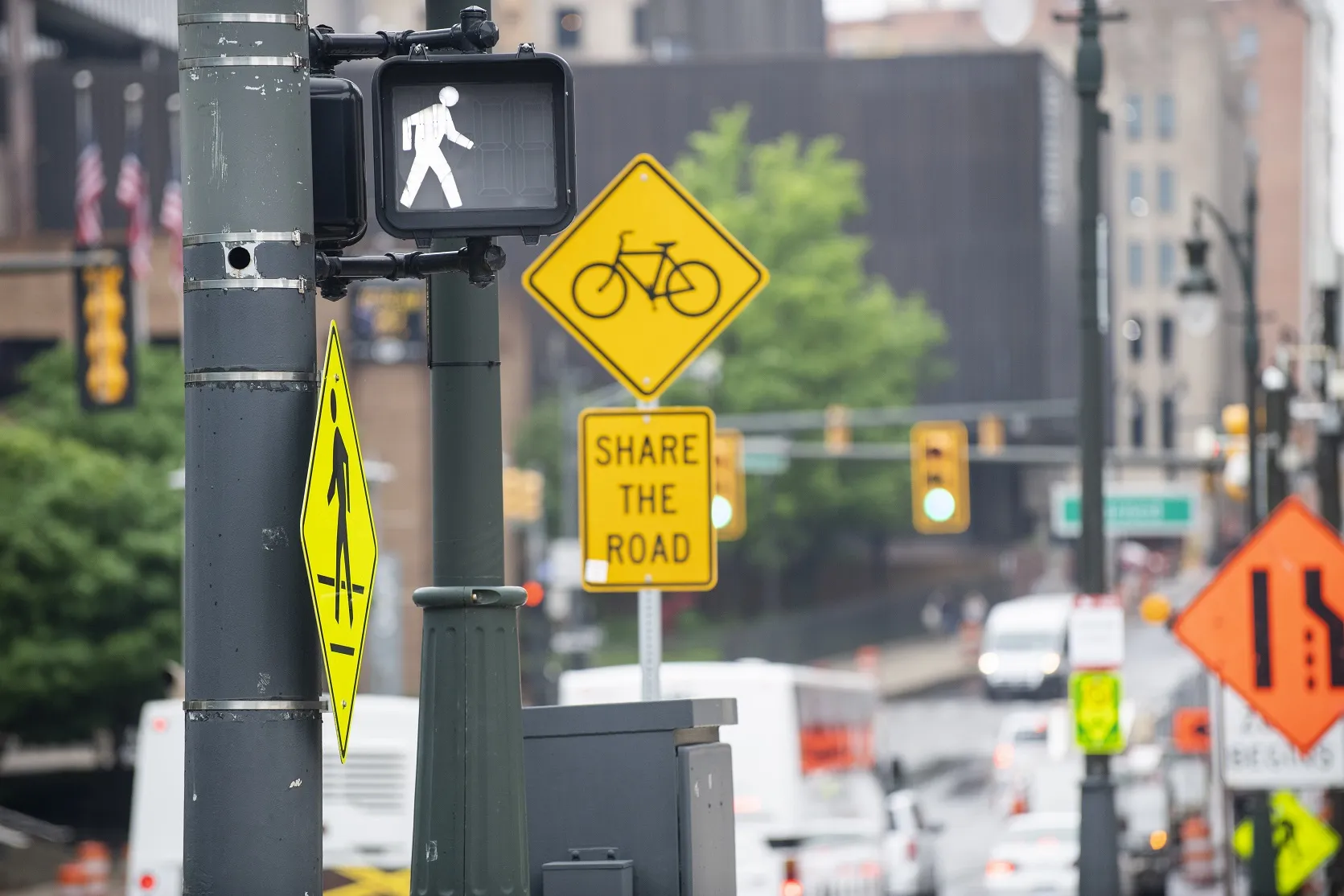A UK-based group has set up an Internet-based petition to tackle the safety issue of drivers being dazzled by lights from other vehicles. The organisation, Lightmare, is the combination of two road sector groups that have campaigned against the improper use of vehicle lights in daytime and against the particular hazard posed by high intensity xenon lighting. The issue is a key one as there is a move towards all EC nations requiring the use of daytime running lights on vehicles. At present only a few Europea
May 21, 2012
Read time: 2 mins
A UK-based group has set up an Internet-based petition to tackle the safety issue of drivers being dazzled by lights from other vehicles. The organisation, 5657 Lightmare, is the combination of two road sector groups that have campaigned against the improper use of vehicle lights in daytime and against the particular hazard posed by high intensity xenon lighting. The issue is a key one as there is a move towards all EC nations requiring the use of daytime running lights on vehicles. At present only a few European nations such as Sweden have a requirement for the use of daytime running lights. However some European countries, such as Austria, did introduce regulations requiring the use of daytime running lights on all vehicles but later reversed this move following a 12% increase in accidents amongst vulnerable road users such as motorcyclists, cyclists and pedestrians.
According to Lightmare, the issue of drivers being dazzled is a hazard that is a cause of many accidents, particularly at night and in rural areas where there is no street lighting. In such areas, the powerful beams from high intensity lights can easily dazzle drivers in oncoming vehicles and result in perception failures that lead to dangerous, high impact, head-on crashes. Meanwhile the use of daytime running lights results in light pollution that rather than improving conspicuity, in fact reduces the chances of vulnerable road users from being seen.
There is concern that a European-wide requirement for daytime running lights amongst vehicle users will increase accident levels and prove a negative effect on road safety. Lightmare believes that vulnerable road users will then bear the brunt as drivers will fail to see high visibility clothing due to the excessive light pollution. In Austria, data from traffic experts helped in the removal of the daytime running light regulations. This information provided statistics on children and cyclists being involved in accidents and this showed that compulsory daytime running lights provided an additional hazard rather than a safety benefit. Other safety campaigners in the USA and Australia have compiled similar information according to Lightmare, which says that driving while dazzled is becoming a major road safety issue worldwide.
According to Lightmare, the issue of drivers being dazzled is a hazard that is a cause of many accidents, particularly at night and in rural areas where there is no street lighting. In such areas, the powerful beams from high intensity lights can easily dazzle drivers in oncoming vehicles and result in perception failures that lead to dangerous, high impact, head-on crashes. Meanwhile the use of daytime running lights results in light pollution that rather than improving conspicuity, in fact reduces the chances of vulnerable road users from being seen.
There is concern that a European-wide requirement for daytime running lights amongst vehicle users will increase accident levels and prove a negative effect on road safety. Lightmare believes that vulnerable road users will then bear the brunt as drivers will fail to see high visibility clothing due to the excessive light pollution. In Austria, data from traffic experts helped in the removal of the daytime running light regulations. This information provided statistics on children and cyclists being involved in accidents and this showed that compulsory daytime running lights provided an additional hazard rather than a safety benefit. Other safety campaigners in the USA and Australia have compiled similar information according to Lightmare, which says that driving while dazzled is becoming a major road safety issue worldwide.









